Foods of the future and sustainable fashion part of Mini's ecocultural trail
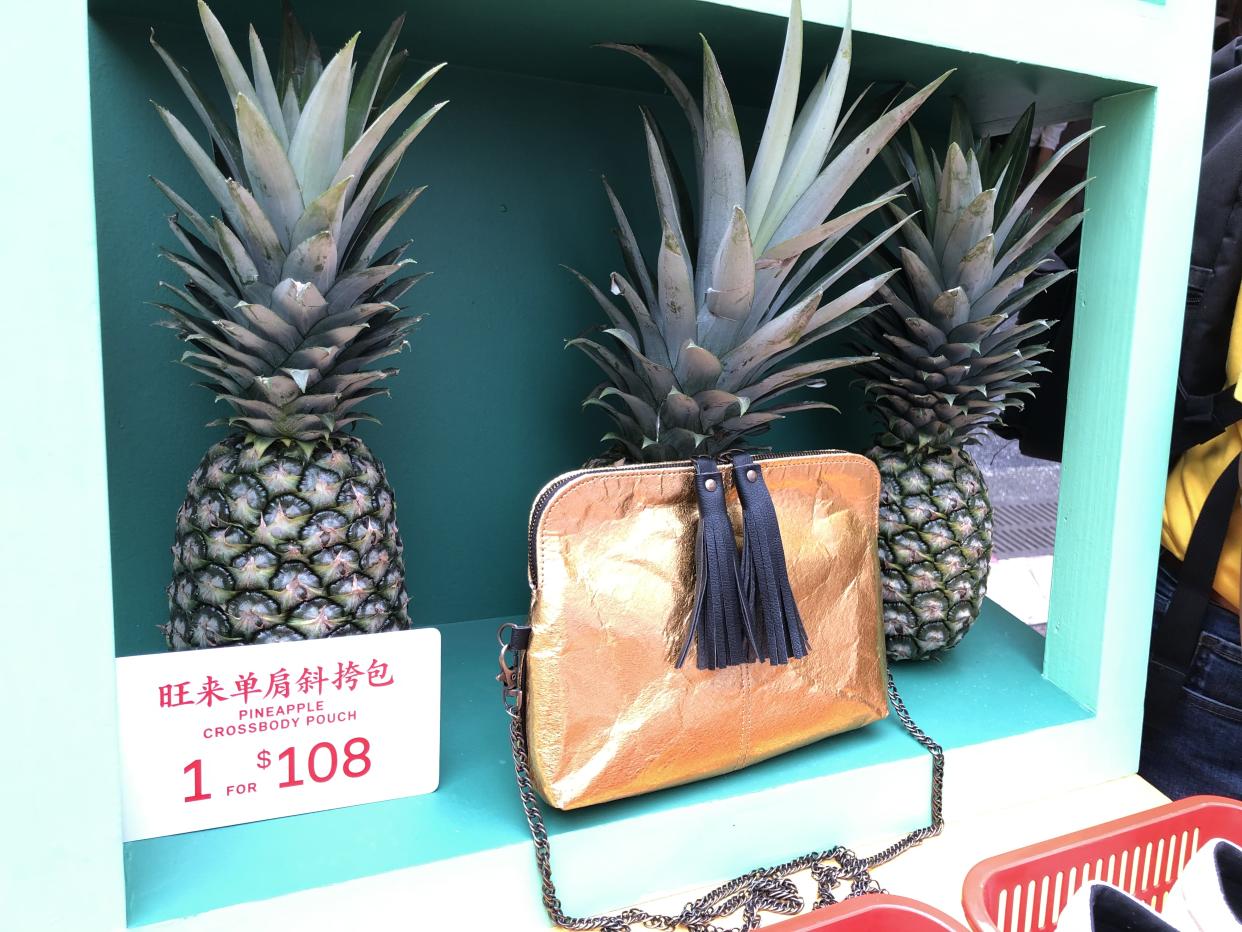
SINGAPORE – Last year, automotive brand Mini introduced the Extraoddinary trail, and Yahoo Lifestyle SEA hopped into their car as we explored the streets of Chinatown through the lens of culture.
With a total of 16 exhibits, the trail started in front of People’s Park Food Centre, continued through New Bridge Road and Temple Street, and ended on Smith Street. The whole expedition lasted a total of three hours as we explored on foot.
“The first Mini Extraoddinary trail was held in the Katong and Joo Chiat neighbourhoods and focused on community building through the creative use of space. Given the event was so well received last year, we were excited to bring this unique brand event to another community in Singapore,” said Mr Kidd Yam, Head of Mini Asia.
READ MORE:
7 new Singapore brands to shop for an ethical and sustainable festive season
Top 5 tips for a more sustainable Chinese New Year
OPINION: Stop eating steak to help save the environment
The trail draws attention to issues that arise as a result of urban living, and presents creative takes on environmentally sustainable practices for the future. “As cities evolve, we see opportunities for Mini to support meaningful change, challenging the status quo with breakthrough ideas,” Mr Yam added. “With this year’s trail, we hope that visitors were inspired by what we can do as citizens of this planet.”
Here are the highlights of the trail - foods of the future and other eco-conscious innovations – that got us really excited about our cities of tomorrow.
Fashion made from pineapple fibres

While working in the leather export industry, Dr Carmen Hijosa witnessed the toxic ecological impact of leather production. She eventually created Piñatex, a leather alternative made from the fibres of pineapple leaves, an agricultural byproduct that would traditionally be buried or discarded. A soft, lightweight and durable material, Piñatex is suitable for use in clothing, footwear, interior furnishing and more.
Dye and print fabrics the all-natural way using plants and leaves
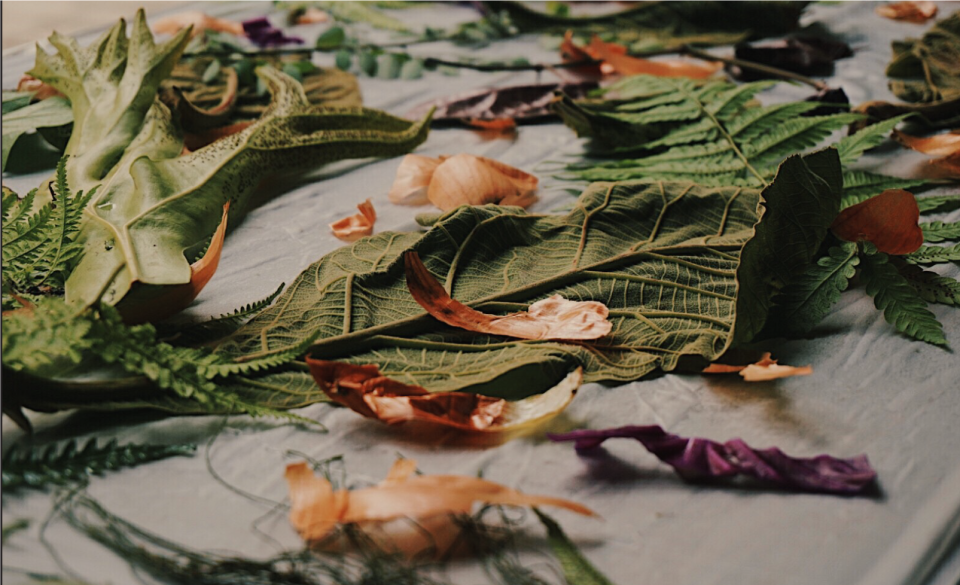
Dyeing, washing, bleaching and printing are some of the most polluting processes in the textile industry, requiring high volumes of water as well as heavy metals such as cadmium, lead and mercury.
This eco-printing technique from Jogjakarta-based Arane uses only natural fabrics and natural dyes from plants and leaves, and prints are created through steaming of the plants and leaves.
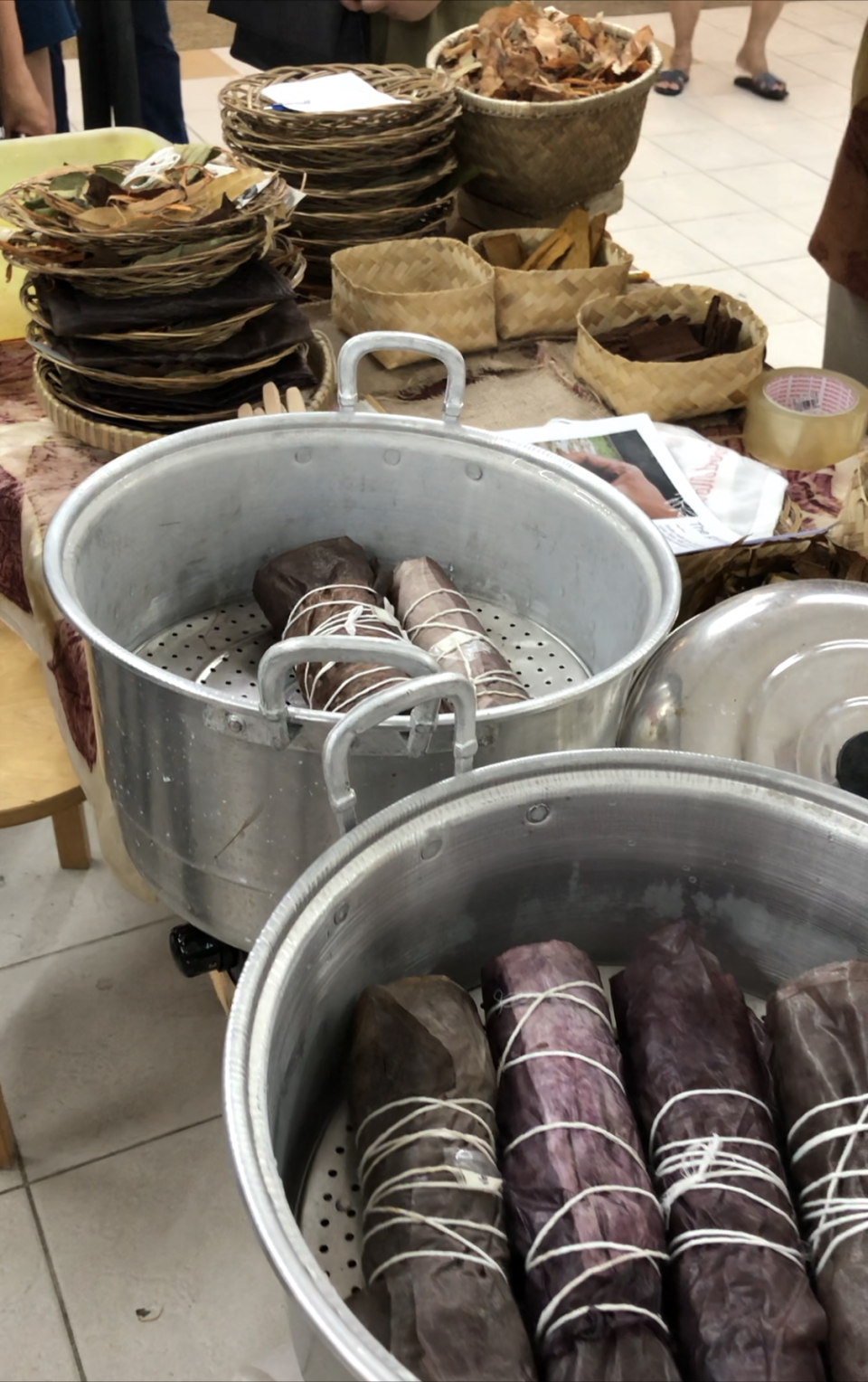
A chess installation created entirely from plastic trash

In a game of Chinese chess, we are up against one of Earth’s most formidable foes: our own waste. One company, Robries Gallery, decided to turn waste streams into a source of raw material, creating this chess installation entirely from plastic trash.
Discarded coffee grounds can be used to cultivate edible mushrooms
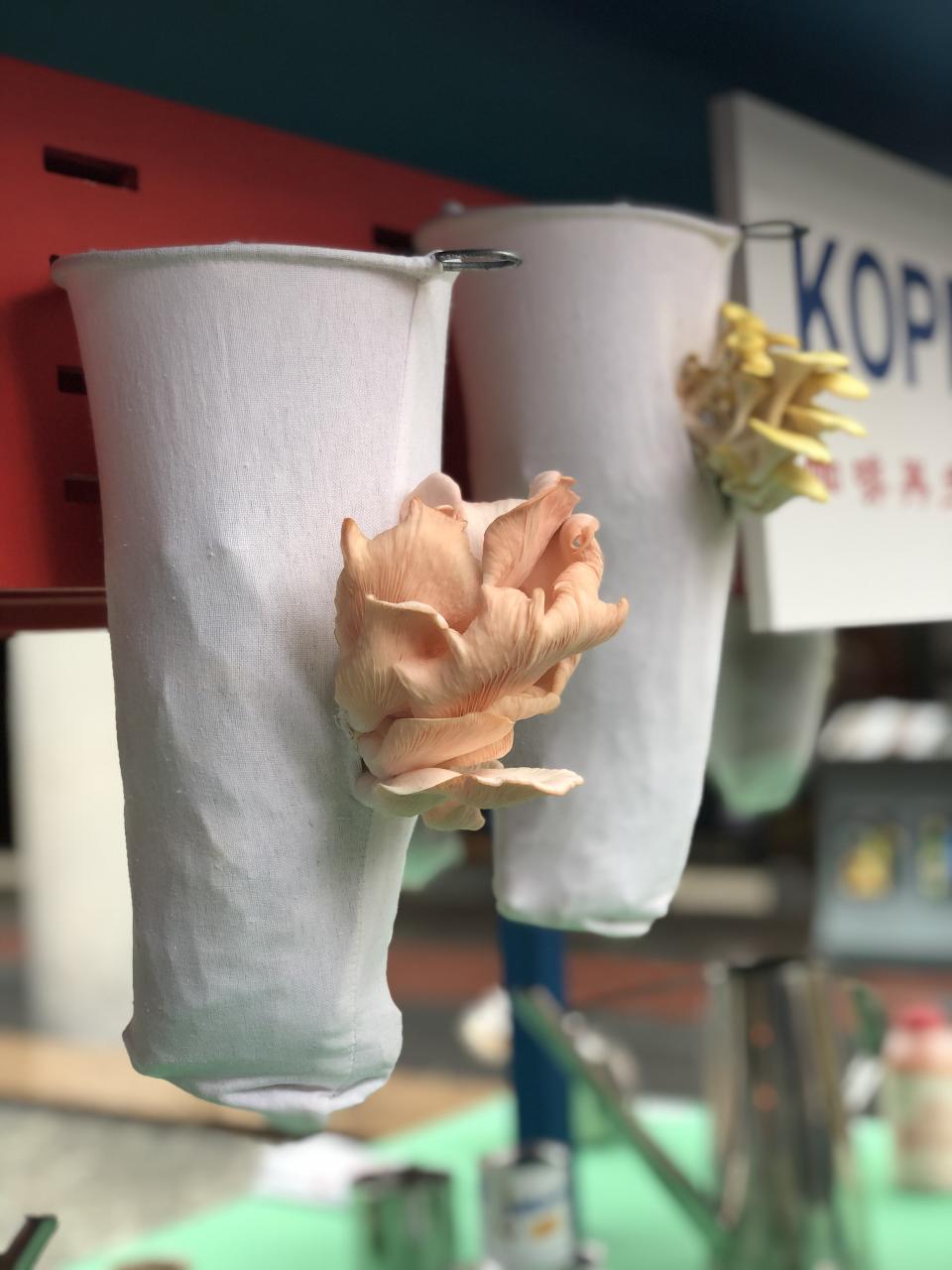
We consume over two billion cups of coffee every day. Each year, six million tons of used coffee grounds are sent to the landfill. Bewilder uses coffee grounds as part of the growth medium in the cultivation of edible mushrooms. Mushrooms are not only a good source of antioxidants and vitamins, but they are also known for their immunity-boosting properties in Chinese cuisine and medicine.
Go animal cruelty free with mushroom leather for fashion
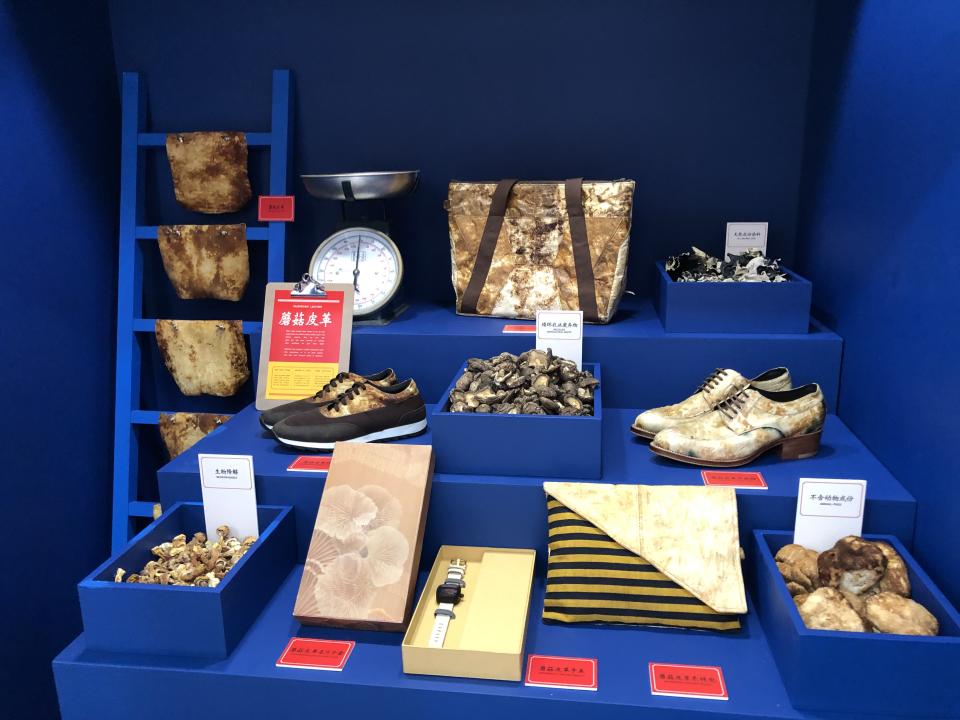
Again, the fashion industry is a non- environmentally friendly business. While many brands have chosen to go fur-free, animal hide (leather) remains widely used in the industry. Mycotech has created a leather alternative made from mushrooms, or to be more precise, from their ‘root’ structure known as mycelium. The entire production takes only seven days (as compared to three to four years needed for a cow to mature), and uses only plant-based dyes, less water and less energy.
Reduce plastic pollution in the ocean with this seaweed-based alternative
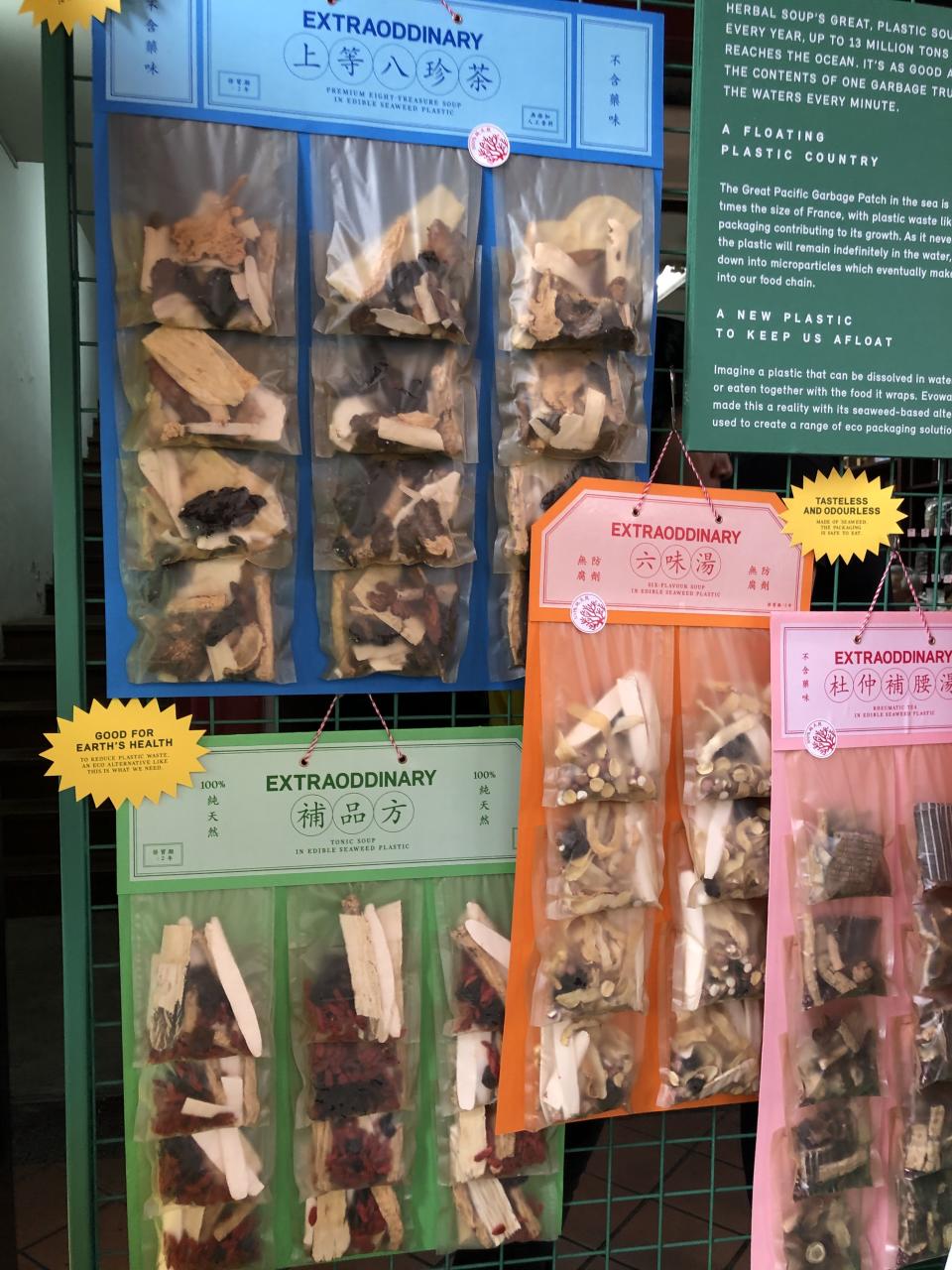
The Great Pacific Garbage Patch in the sea is now three times the size of France, with plastic waste like single-use packaging contributing to its growth. As it never decomposes, the plastic will remain indefinitely in the water, breaking down into microparticles which eventually make their way into our food chain.
Evoware has invented a seaweed-based alternative to plastic that can be dissolved in water or eaten together with the food it wraps.
Turn sewage biosolids into ink to pen auspicious greetings
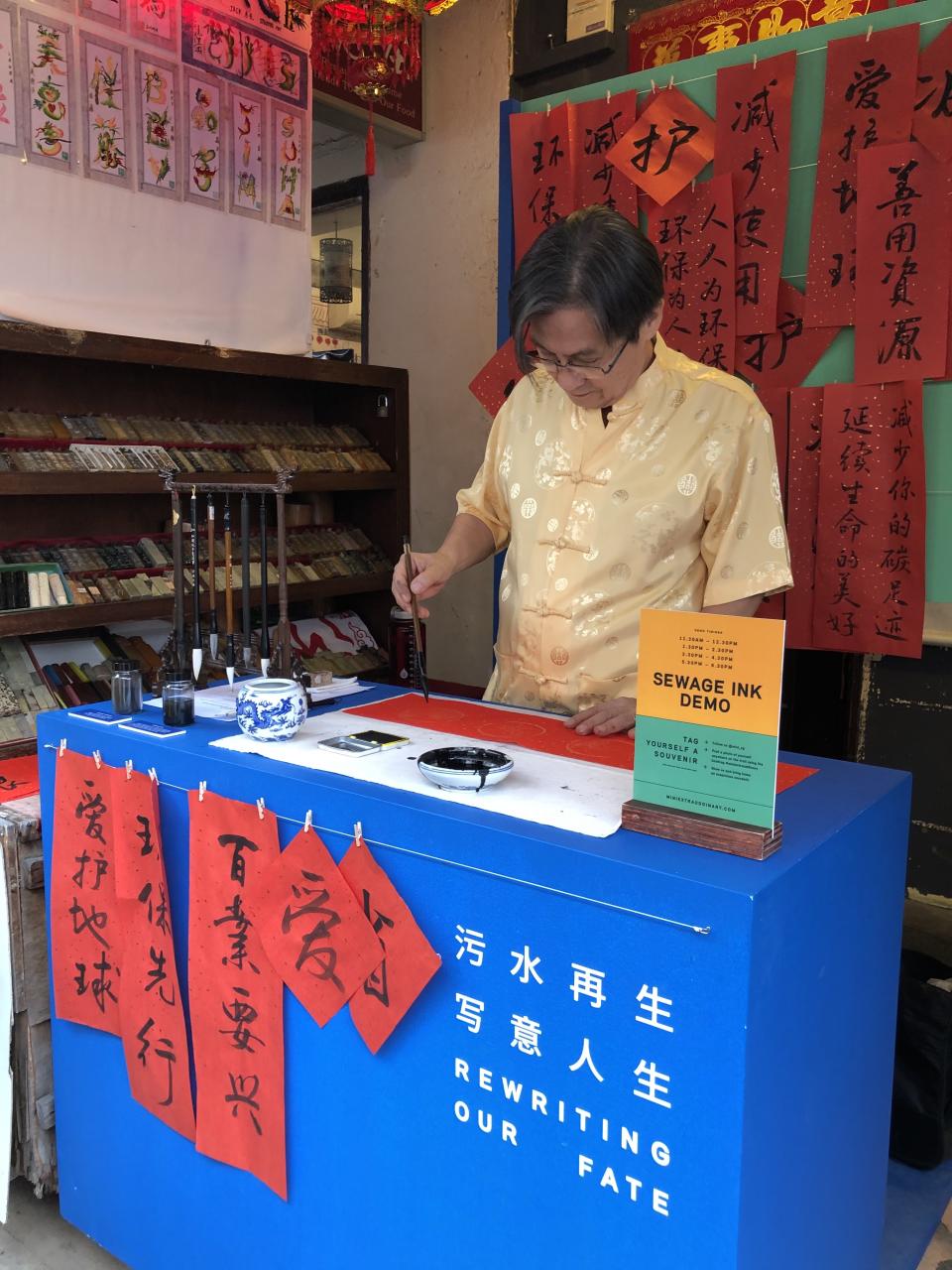
Sum Waste has created an ink processed from sewage biosolids that would otherwise end up in the landfill. Masters from Nanyang Calligraphy Centre put the ink to the test in their penning of auspicious wishes for the Earth.
An animal cruelty-free alternative to fish, spirulina

The answer to tomorrow’s protein food source may just share the tank with your seafood. Spirulina, which is essentially algae, provides more than double the protein of fish and is also packed with vitamins, amino acids and fatty acids.
How about, fortune cookie made from algae? It tastes just as good.
For more information, visit: www.miniextraoddinary.com.



